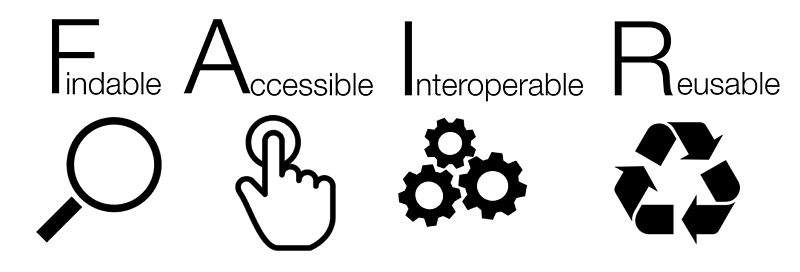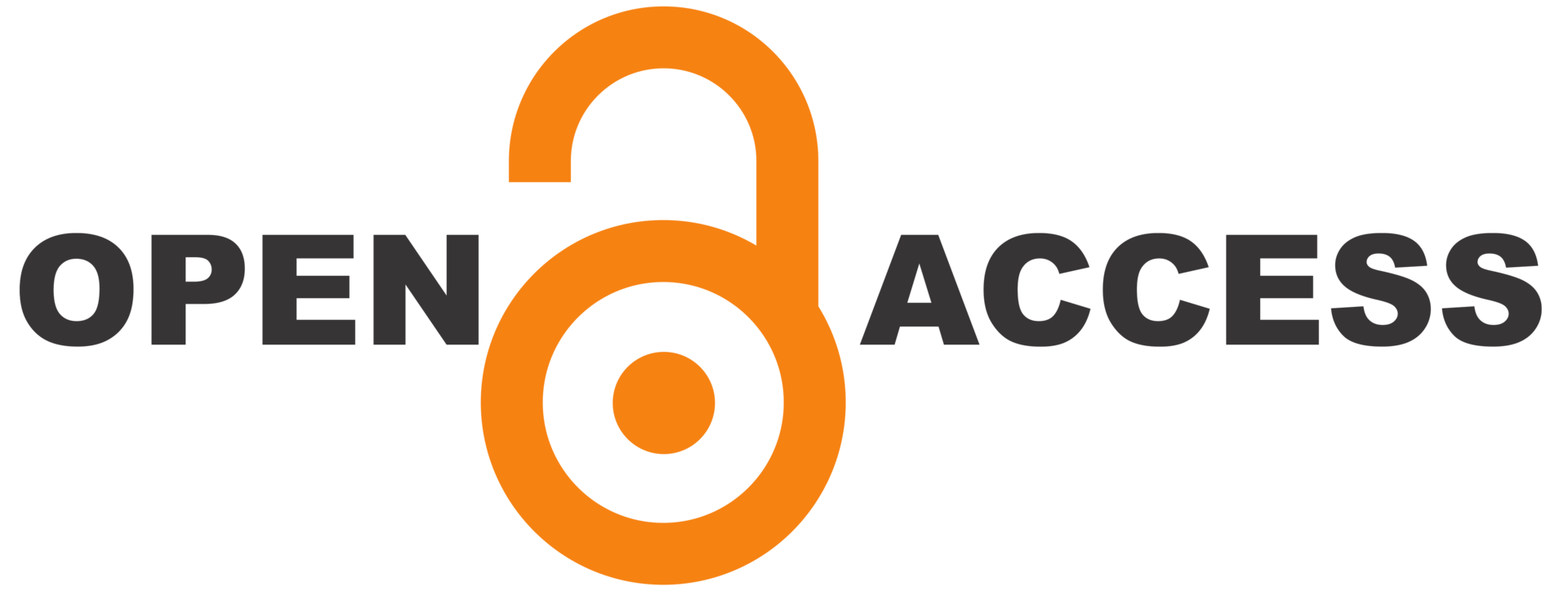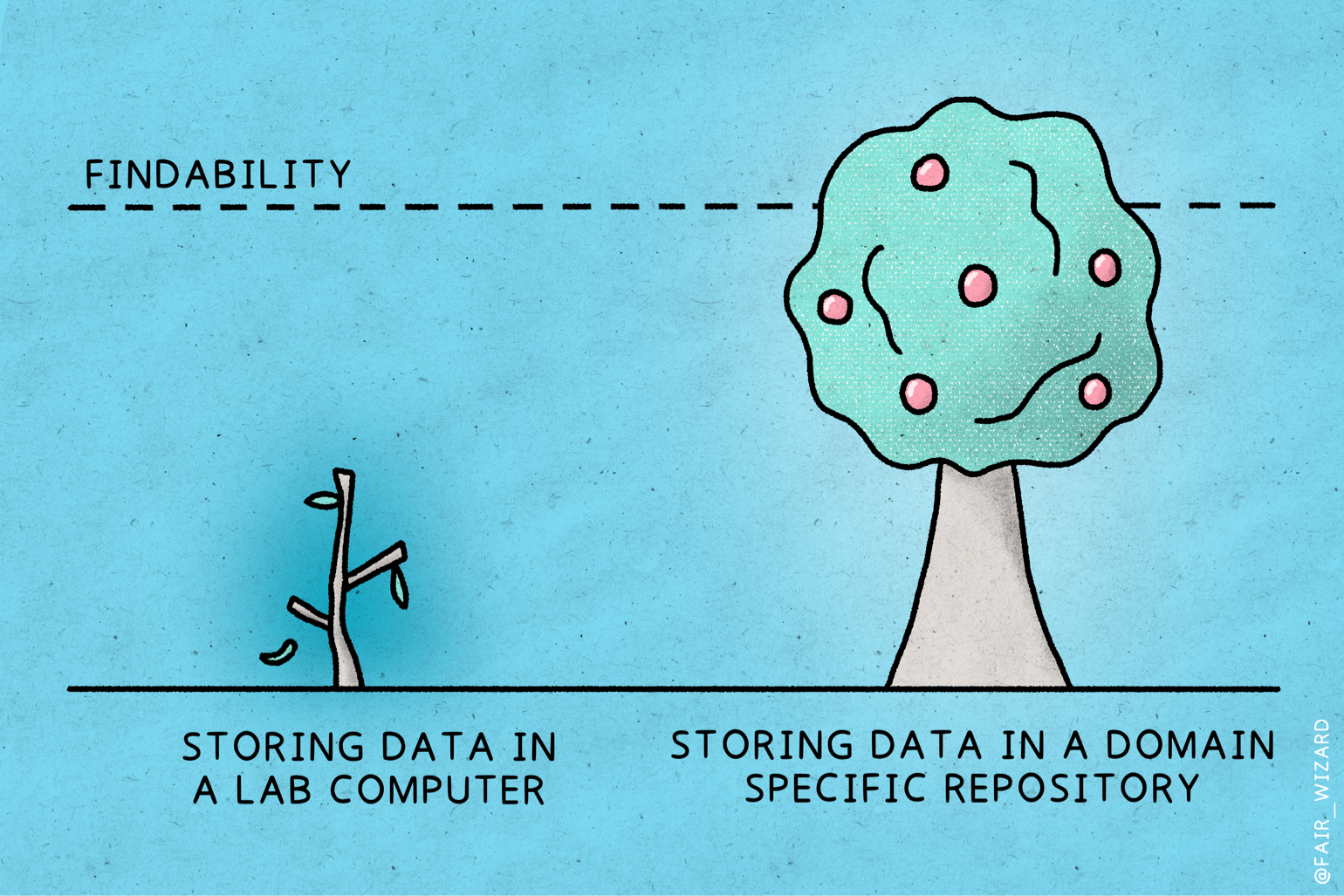The produced research data serves its intended purpose upon creation. However, once its primary usage is fulfilled, it is frequently discarded, forgotten, or lost. Such circumstances can result in substantial financial implications for our organization or the funding entity, funds that could be more effectively allocated. Hence, it becomes imperative for us to take comprehensive measures in producing data that enables its future utilization. This includes reproducibility of research to validate results as well as the proactive sharing of our data with others.
By adhering to the FAIR Principles, we can ensure that the data, which has required significant financial and energy investments, will not only be preserved but also made available for potential future reuse, regardless of the purpose we may identify later.

On the other hand, making the research data OPEN improves the quality, efficiency, and responsiveness of research as a field. Research is inherently a collaborative endeavor, and the opportunity to utilize others' data should always be available. The OPEN Data Principles collectively strive to establish an environment in which data can be freely accessed, shared, and utilized for the advancement of society, science, and innovation.

The acronym FAIR stands for:
By creating a data management plan using an effective tool, such as FAIR Wizard, which can incorporate established FAIR metrics, we can ensure that the project we are working on and all its associated data will adhere to the FAIR Principles, thus creating data that has more excellent value than its sole intended usage. If you want to learn more about data management planning, check out our other blogpost.

The OPEN stands for:
To follow the OPEN Principles, we should check that our data can in fact be OPEN, for example that they don't include any personal data allowing any individual identification, and if we are able to OPEN the data, we should do so.
The FAIR and OPEN Principles are complementary, not mutually exclusive. When embarking on a new research project, we should always consider making our data FAIR and OPEN to ensure that the valuable research we engage in can be used by others to benefit our civilization. It is vital to embrace these principles from the very start, as attempting to fulfill them later can be challenging and costly.
That can be done using the FAIR Wizard, which offers usage of metrics for your Data Management Plan, that can measure how much the planned project would fulfill OPEN and FAIR Principles.
Overall, it is good practice to adhere to the FAIR and OPEN Principles, as they also enable us to generate data with greater value beyond its initial usage. It is important to recognize that not only can others benefit from aspects like reusability, but it can also prove advantageous to our organization. For instance, if there is a requirement for repeated measurements to validate results later, or in the event that errors are discovered, these principles can be invaluable. Ultimately, embracing these best practices will benefit everyone involved.